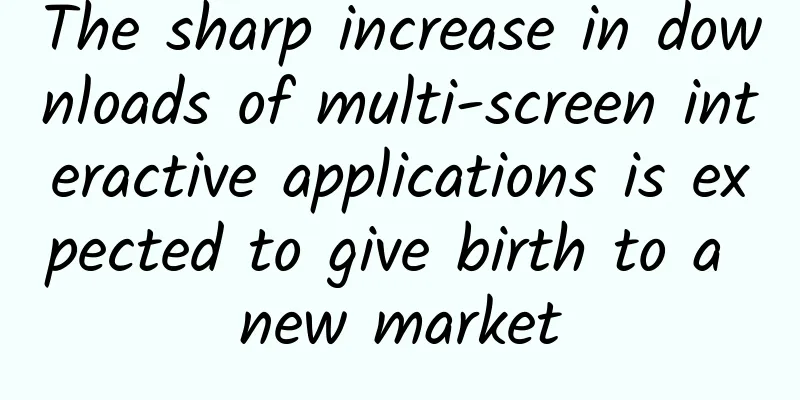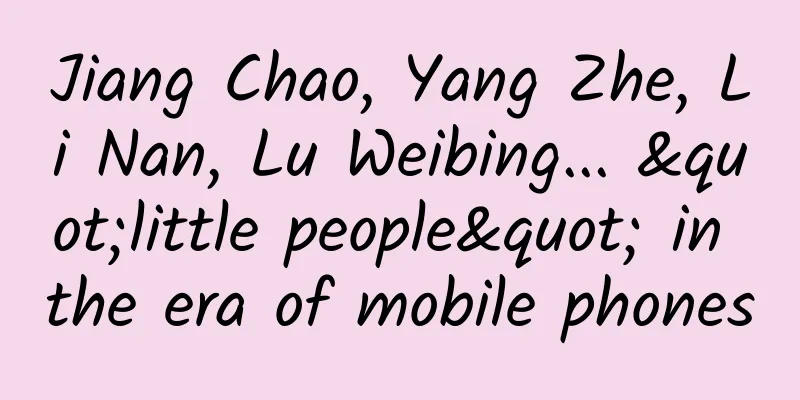When should I use copy and when should I use strong for NSString attributes?

|
When should I use copy and when should I use strong for NSString attributes? When we declare an NSString property, we usually have two choices for its memory-related characteristics (based on the ARC environment): strong and copy. So what is the difference between the two? When should we use strong and when should we use copy? Let's take a look at an example. Example We define a class and declare two string properties for it as follows:
The above code declares two string properties, one with a strong memory attribute and the other with a copy memory attribute. Let's take a look at the difference between them. First, we use an immutable string to assign values to these two properties.
The output is:
We can see that in this case, no matter the object has the strong or copy attribute, the address it points to is the same, that is, the address pointed to by string. If we switch to the MRC environment and print the reference count of string, we will see that its reference count value is 3, that is, both the strong operation and the copy operation increase the reference count value of the original string object by 1. Next, let's change string from an immutable object to a mutable object and see what the result will be.
To:
The output is:
It can be found that the copy attribute string no longer points to the string object, but a deep copy of the string string is made, and the _copyedString object is made to point to the string. In the MRC environment, printing the reference counts of the two objects shows that the reference count of the string object is 2, while the reference count of the _copyedString object is 1. At this point, if we modify the string string, we can see that: because _strongString and string point to the same object, the value of _strongString will also change (it should be noted that the type of _strongString is actually NSMutableString, not NSString); and _copyedString points to another object, so it will not change. in conclusion Since NSMutableString is a subclass of NSString, an NSString pointer can point to an NSMutableString object, so it is OK for our strongString pointer to point to a mutable string. As can be seen from the above example, when the source string is NSString, since the string is immutable, no matter whether it is an object with strong or copy attributes, it points to the source object, and the copy operation only makes a shallow copy. When the source string is NSMutableString, the strong attribute only increases the reference count of the source string, while the copy attribute makes a deep copy of the source string, generating a new object, and the copy attribute object points to this new object. It should also be noted that the type of this copy attribute object is always NSString, not NSMutableString, so it is immutable. There is also a performance issue here, that is, when the source string is NSMutableString, strong simply increases the reference count of the object, while the copy operation performs a deep copy, so the performance will be different. If the source string is NSString, there is no such problem. Therefore, when declaring NSString properties, whether to choose strong or copy can be determined according to the actual situation. However, generally when we declare an object as NSString, we don't want it to change, so in most cases, we recommend using copy to avoid some unexpected problems caused by the modification of mutable strings. There are some interesting things about string memory management, which you can learn by referring to NSString feature analysis. refer to NSString copy not copying? NSString feature analysis and learning When to use copy and when to use strong in NSString |
<<: iOS uses Charles (Blue and White Porcelain) to capture packets and tamper with returned data
Recommend
Android 11 new improvements exposed: remove the 4GB size limit for single files
According to the XDA forum, Google may remove the...
Crack! How many volts are there in the static electricity that makes your fingers spark?
In our daily lives, we often deal with static ele...
How much does it cost to customize a skin care product mini app in Hezhou?
According to industry insiders, mini programs wil...
How to open WeChat mini-programs with QQ browser?
Following WeChat and QQ, mini programs can now be...
The most complete analysis of user portraits, super detailed!
For Internet practitioners, a word is often menti...
Android imitates Huawei's weather drawing dial
[[191018]] Rendering You can see that this custom...
Why are China, the United States and South Korea the only three countries left competing in the smartphone market?
Recently, the statistics agency released the rank...
How to plan an anniversary event? Teach you step by step
This article is a homework assignment, which is t...
More professional Android console, Chieftain gaming console first unboxing
On January 6, the highly anticipated Big Chief ga...
Huaisha's 40 Lectures on "The Three-Body Problem"
Huaisha's 40-lecture introduction to "Th...
How far away from the earth do we have to be to know that the earth is round, and how far away can we see the entire earth?
This is a question that many netizens are confuse...
How much does it cost to join a big turntable mini program in Tongcheng?
For entrepreneurs, although mini program developm...
China's first set of carbon-neutral Olympic award-winning equipment is full of details and is low-carbon and environmentally friendly!
Produced by: Science Popularization China Author:...
Yang Wenli's "Women's Emotional Intelligence Course" online video course
Course Contents: 1. My fate with emotional intelli...
Let’s talk about how to customize the appearance of symbol images in SwiftUI
Preface Symbol images are vector icons from Apple...









